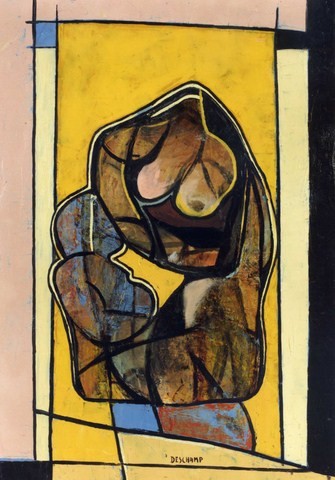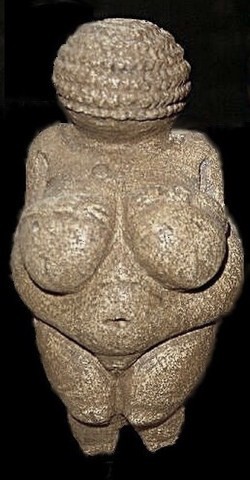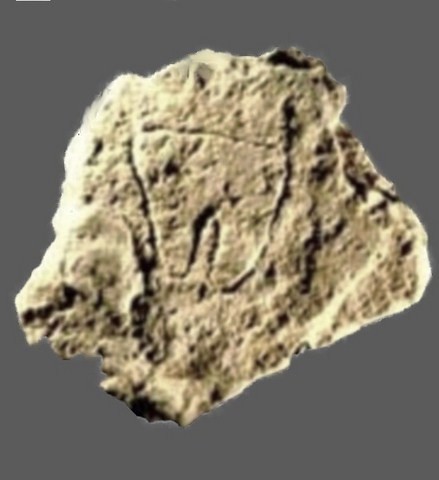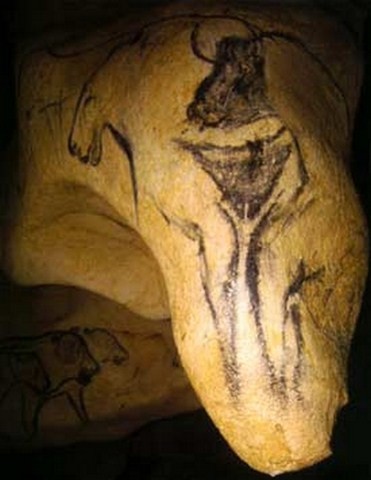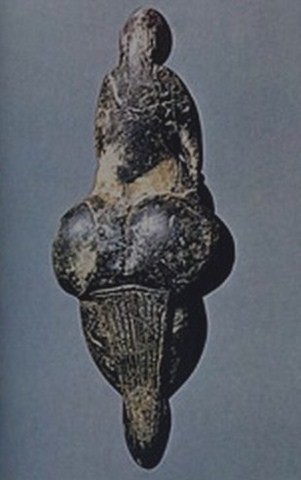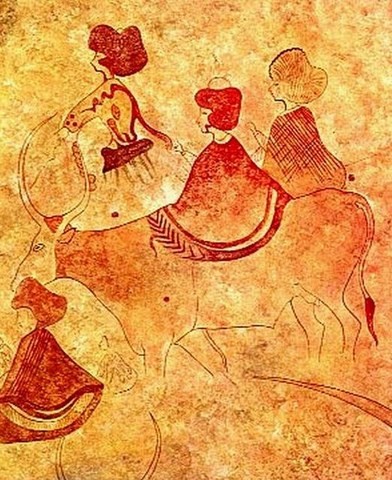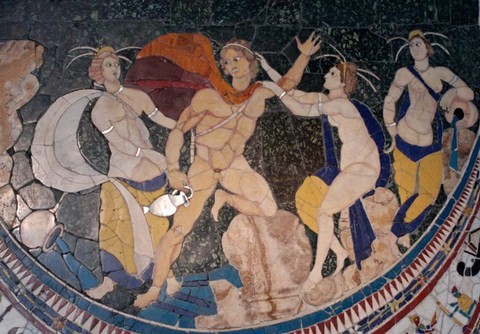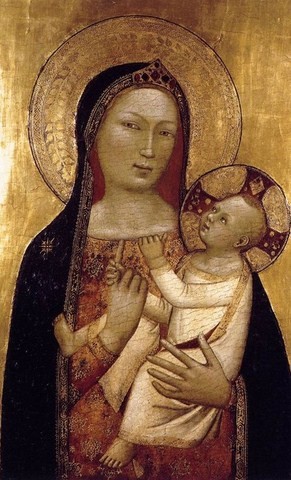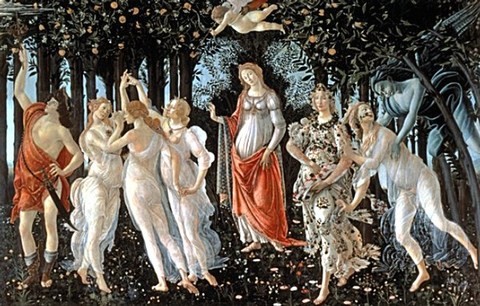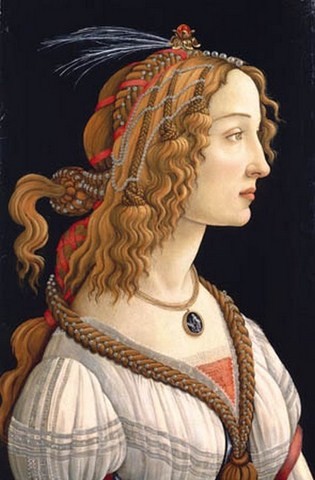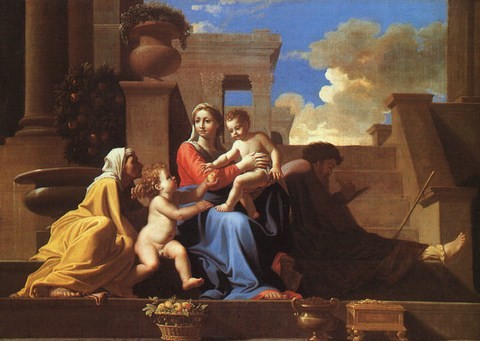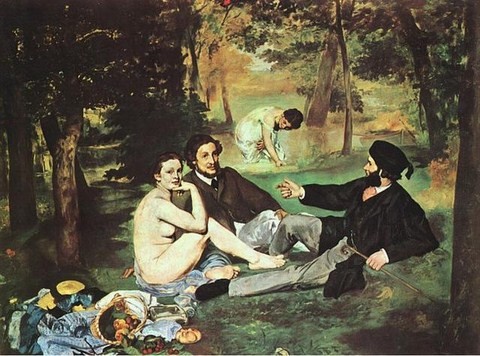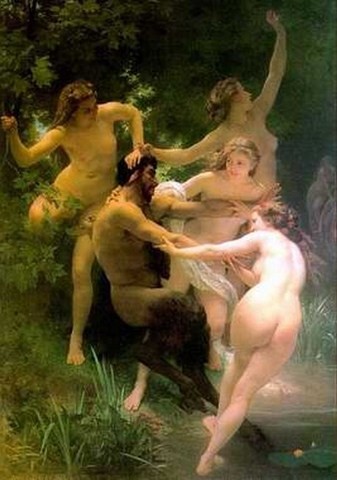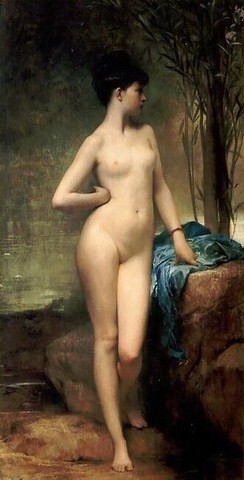The image of women in art
Venus of sireuil Dordogne
Extrait d'articles de Wikipédia - Image de la femme dans l'art Cet article se dédie à l'image de la femme, non pour ce qu'elles sont mais de la façon dont elles sont perçues par les hommes. Les images sont séduisantes ; la plastique de la femme aussi, on peut jouer avec l'image autant qu'on veut. L'image, et en particulier celle de la femme, a servi à la conquête du pouvoir sur l'esprit occidental ; pouvoir sur l'esprit de l'être humain, indépendamment de son genre. Décrypter les ressorts de cette séduction par les images, telle est ici la question qui se pose : l'image du corps de la femme fut tellement travaillée au cours des siècles qu'elle ne coïncide pas vraiment avec la femme réelle, ni par le passé ni aujourd'hui. Les différentes images de la femme par le passé persistent dans la mémoire collective.
Venus of Willendorf
The statuette is oolitic limestone and measures 11 cm. It depicts a naked woman standing, with high obesity, arms resting on huge tits. The finely engraved head seems to be entirely covered with coiled braids, the face is so hidden. Remnants of pigments suggest that the statue was originally painted red.
Lespugne Venus
Au Paléolithique supérieur ont été sculptées des figurines féminines surnommées Vénus. Elles datent pour la plupart du Gravettien, telle les Vénus de Willendorf ou de Lespugue. Leurs formes rondes et ventrues ont conduit certains auteurs à y voir un culte de la fertilité ou de la Déesse Mère, sans possibilité toutefois de démonstration scientifique.
The abduction of Hylias by nymphs
The kidnapping of Hylas by the nymphs, Panel in opus sectile from the fourth century from the Basilica of Junius Bassus on the Esquiline Hill, Palazzo Massimo alle Terme
Dating back to the earliest depictions of Western sexuality, found a hairy and jubilant satyr at the foot of goat, pursuing a nymph graceful, sometimes happy sometimes wary or appeuree, sometimes seeming to indicate the Bush where it will hide, often expressing fear of impending rape.
Victory of Samothrace Greece to 190 BC
The idealization of women actually a stooge of the hero, figure Central and main actor of the stories. Penelope waits at home, and as la Belle Hélène, prepares the rest of the Warrior. It is however under allegorical female traits of victories, such as that of Samothrace, that they we leave them the image of a virile femininity.
Venus of Milos
The Patriarchate emerging relegates women in the gynoecium. The image of the woman bequeathed to the West is essentially a masculine product. Strictly confined to the field of the reproduction of the species, the Greeks idealised those whom they considered exclusively devoted to it: they became so many allegories as goddesses, nymphs and mermaids.
The Celts
Chez les Celtes, la femme possède un patrimoine dont elle a pu hériter et qu'elle peut léguer. En Irlande, elle semble tenue à des obligations militaires. Outre ces dispositions juridiques, la femme celte peut exercer un métier ainsi que la royauté et posséder des serviteurs. L'exemple le plus célèbre est celui de la reine Medb. Ella a aussi accès à certaines fonctions sacerdotales relevant du druidisme, de la divination et de la prophétie, comme les Gallisenae de l'île-de-Sein (voir article Vate). Mais ceci relève davantage du mythe et des légendes que de l'histoire; on n'en sait pas grand chose sinon ce qu'il transparait des témoignages des auteurs latins et l'on ne possède guère de représentations iconographiques d'elles. Les Celtes, qui excellaient dans l'exploitation des mines et le travail du métal, produisirent un art stylisé, où règne une profusion de détails grotesques mêlés de lignes audacieuses. Même sous l'influence classique gréco-étrusque, au premier siècle avant notre ère, l'Art Celtique continue de rechercher la ligne et le mouvement, qui restent prépondérants par rapport à la fidélité du modèle. A la suite de la Grèce antique, dieux et déesses tutélaires peuplent le panthéon. La sexualité est bien assumée par le polythéisme romain. La christianisation va mettre un terme aux licences païennes.
As a result of the ancient Greece, gods and tutelary goddesses populate the pantheon. Sexuality is well assumed by Roman polytheism. The Christianization will put an end to the pagan licences. A certain perception of women will remain however in Italy, cradle of Western thought of today. Until the Renaissance, the only representation of wife authorized by the dogma is that of Madonna, only redemption to the original fault of the daughters of Eve. Madonna and child that will give infant dolphins, seeking foster breast as an all-powerful maternal image may wish to give them
Bernardo Daddi 1280-1348
. Bernardo Daddi was an Italian painter of the school of florentine painting, born c. 1280, died in 1348.
In the medieval Christian West, the meaning of sin and his Atonement changes sexuality. Ecclesiastical considerably moralisent reports of sexual intersubjectivity by introducing themes of purity associated with virginity and the adoration of the Blessed Virgin (belief in the immaculate conception).
Primavera - Botticeli
The spring of Botticelli brings a fresh look at the woman. Profane or sacred, Venus or Virgin Mary art, artistic subtlety makes us doubt. Botticelli's Venus brings to the West a new sense of beauty, his birth accompanied by spring, archetype of a beautiful young blonde woman with long hair, clear skin and proportionate measurements
.
Leonardo da Vinci

Also contributing to this end of the monopoly of the image of the woman linked to religion, develops the painting of portraits of noblewomen, presented in the courts of Europe to enter into marriages and alliances. Once married, the Lady is generally depicted with a small pet dog or an ermine (as the Lady of the same name by Leonardo da Vinci), symbol of the faithfulness of the Lady. The small sleeping animal symbolizes sexuality soothed in marriage. The Lady with an ermine
1490 Museum Czartoryski, Krakow
oil on wood 54, 8 x 40, 3 cm
Pierre Paul Rubens - The three graces
Peter Paul Rubens - Siegen 1577 Antwerp 1640 and capable and representative less an allegorical idea and more a real woman, her own personality takes the rise. Returns on classical mythology are nonetheless forced crossings of the artists making their humanities. Later, Rubens changes the perception of the body with its three graces.
Lunch on the grass Edouard Manet (1832-1883)
Dandyism causing depicted in the painting by Manet the luncheon on the grass shows licensed new mores in stiff bourgeois society of the 19th century. Neoclassical painters then join the Impressionists to explore human emotions and bring on the canvas. Femininity allows them to find these expressions, it is a source of inspiration out of the traditional dividing lines on the image of the woman
L'image photographique L'image des femmes ne leur a quasiment jamais appartenu. La grande majorité des mannequins sont photographiés par des hommes qui appliquent leur vision, souvent machiste, sur les postures désirées pour ces pantins à la plastique irréprochable parce que cela fait vendre. À travers les médias modernes, l'image de la femme est aujourd'hui omniprésente dans les arts, les productions commerciales, la communication. Cette image est riche et multiple. Mais souvent, cette image publique est décalée par rapport à la femme réelle car elle véhicule un idéal, un fantasme sexuel, un symbole, et toute une multitude d'éléments. La frontière entre érotisme et pornographie n'est pas toujours très nette, dépendant de plusieurs interprétations des sens de ces mots (art/commercial; suggestion/représentation; émotions/désir). L'image qui est donnée de la femme dans la pornographie la présente comme un objet de désir, sans prendre compte d'une dimension affective. La pornographie, produit sentimentalement appauvri, nourrit le mépris et l'ire des féministes et des moralistes (pourtant rarement d'accord) envers les pornographes. Elle renvoie aux femmes une image d'elles-mêmes fantasmée par les hommes, d'un corps féminin maltraité ou fétichisé. Cette image est généralement subie et rejetée par les femmes réelles qui ne se représentent pas ainsi
Jules Joseph Lefebvre 1875
Bibliography
* Françoise Collin, Evelyne Pisier et Eleni Varikas (éd.), Les Femmes de Platon à Derrida, anthologie critique, Paris, Plon, 2000.
* Danielle Jonckers, Renée Carré, Marie-Claude Dupré (dir.), Femmes plurielles : représentations des femmes, Maison des sciences de l'homme, 2000.
* Georges Duby et Michelle Perrot (dir.), Histoire des femmes en Occident, 5 t., Paris, Plon, 1990-1992 ; Perrin "tempus", 2002.
* Brigitte Gresy, L'Image des femmes dans la publicité, La Documentation française, 2001.
* Jean-Claude Kaufmann, Corps de femmes, regards d'hommes, Pocket, 1998.
* Philippe Perrot, Le Corps féminin : XVIIIe et XlXe siècles, le travail des apparences, Seuil "Points Histoire", 1991.
* Bruno Remaury, Le Beau Sexe faible, les images du corps féminin entre cosmétique et santé, Grasset "Partage du savoir", 2000.
* Giulia Sissa, L'Âme est un corps de femme, Odile Jacob, 2000
